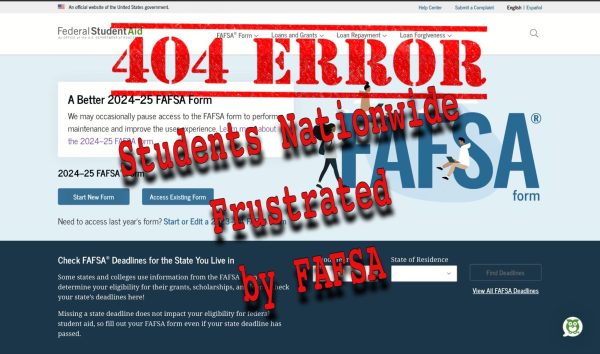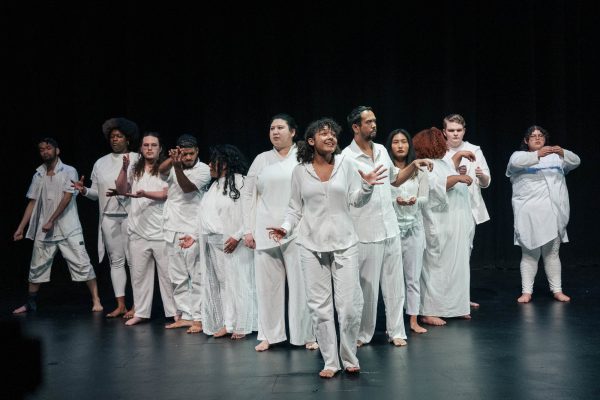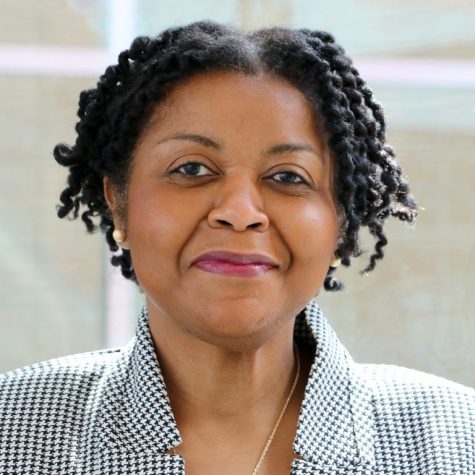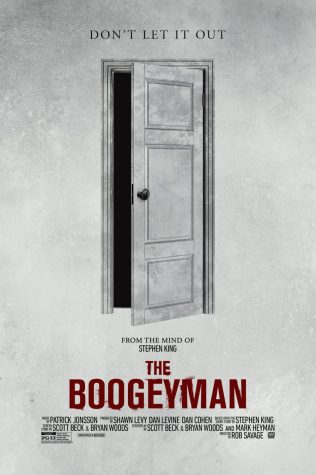State funding process widens divide
Equity Plan, Measure E allocations undermine campus safety, success
March 16, 2016
Equity does not mean equality. Equity is giving people who need the most help a chance to live a better life than the one they were born into.
In American society that need is unfortunately determined by gender, culture, religion or race.
Even with a new “growth” allocation method implemented, the California Community College Chancellor’s Office should give these socio-economic conditions more weight and provide equitable funding to colleges that are at risk of a natural disaster, who suffer low retention and transfer rates for minority groups and have a disproportionate percentage of low-income students — and not the college with the most FTES — which is funded at one or more students enrolled in 15 units.
While Contra Costa College is the smallest campus in terms of enrollment and size in the district, it has the most diverse student population of low-income, first generation, students compared to Los Medanos College and Diablo Valley College.
Yet, our sister colleges received more funding under the Measure E bond passed by voters in 2014 and in one-time funds for equity programs from the state.
It should be recognized that the district subsidized costs to help renovate a campus with an average building age of 39 years by allocating $23 million from what it got from Measure E, an infrastructure project bond passed in 2014.
The original allocation from the state would have granted CCC, LMC and DVC $61 million, $83 million and $182 million respectively.
And the efforts made by the chief facilities planner and his teams to pull from bond Measure A (2006) to increase it to $95 million are appreciated.
The average age of the buildings on campus is 39 years, the oldest in the district, and the campus is bisected by what the United States Geological Survey considers the fault most likely to create a temblor of 6.7 or greater in the next 36 years — the Hayward Fault.
Despite the efforts of the district, it was not enough to demolish, only renovate, the oldest building on campus, the Gymnasium (1955) or even include the Art Building, on the supplemented Measure E plan.
Both of these buildings are considered “questionable” for a public institution in a Seismic Mitigation Report complied by Thornton Tomasetti in 2012.
While the new Campus Center and Classroom project will provide a structurally sound learning environment when it opens at the outset of the 2016 fall semester, there will be a lack of programs for students struggling in target areas addressed in CCC’s Equity Plan because of an inequitable allocation.
According to CCC’s Equity Plan, compiled by HSI/STEM manager Mayra Padilla, programs that primarily target access, course completion and transfer based on race, income and gender will be allocated about $538,700
LMC was allocated $736,871 and DVC $1,473,850 for their equity plans. These funds have to be used within one year or else they will no longer be accessible and the drafting process restarts.
This lack of funding to help improve the success rate of students who struggle in these areas not only hurts the college, but it widens a de facto racial and economic divide created by a segregated educational system that was deemed unconstitutional only 42 years ago.
People forget this campus was built before the Civil Rights Act of 1964, but there are faculty, administration and alums turned community activists who are working to address inequitable funding and end a mistrust minorities have with a system that has marginalized them since America’s inception.
Former college president and alum McKinley Williams said many African-American families who moved into historically white neighborhoods in the late 1950s were referred to as “blockbusters.”
“Rollingwood (right next to CCC) was basically all Caucasian,” Williams said. “I remember getting a call from my friend Thomas Gary late at night. Me and my father rushed over and some people burned a cross on his lawn.
“It was the terror of the times.”
It is unfair to argue that African-Americans, Latinos, Asians and Filipinos are choosing work over college when the public educational system has historically failed to provide adequate support.
But until an educational reform that completely eliminates the FTES metric of funding, that trust will remain broken and enrollment will suffer at CCC.
Improving success rates for people will take time, much more than it has already. There should be enough funding to provide for student safety through modern facilities, access to information about scholarship opportunities and restructure courses and programs to make education relevant.











